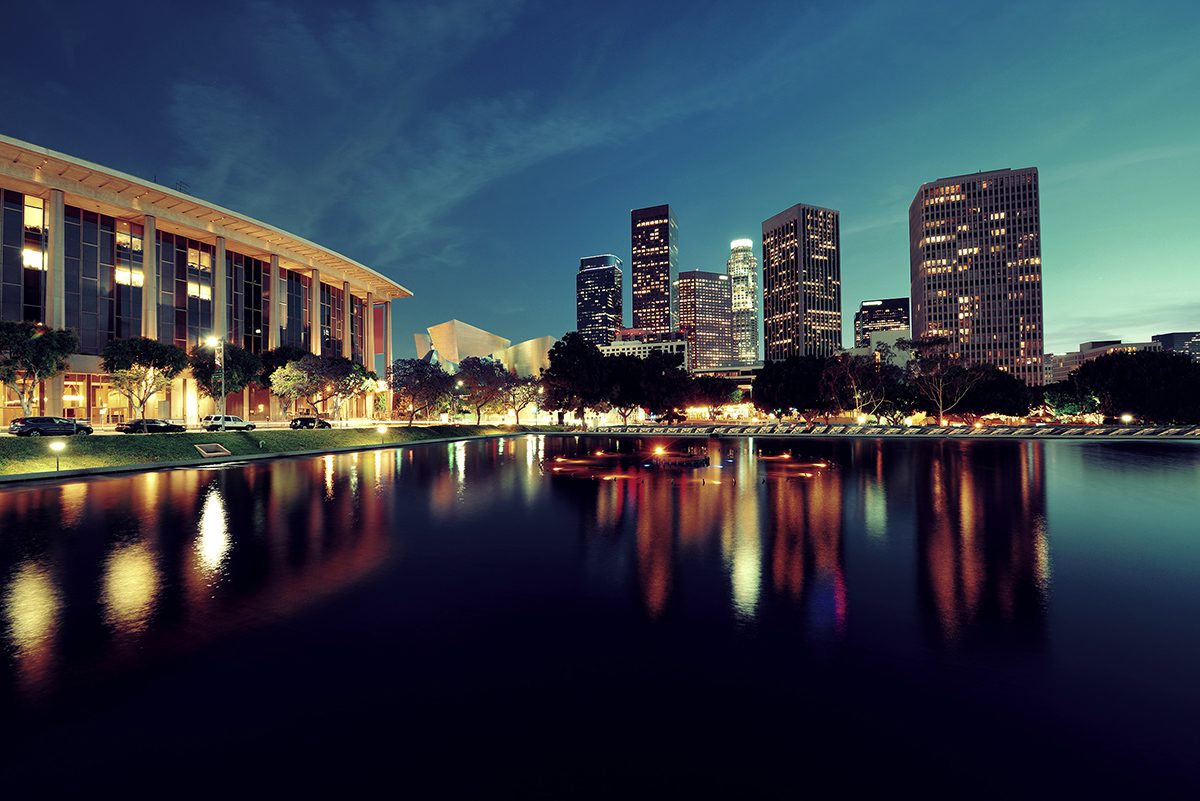
Coastal megacities could be illuminating the marine environment up to six times more than the moon but are often not considered when reviewing stressors on coastal ecosystems, according to new modelling research on Artificial Light at Night (ALAN) published in the trans-disciplinary, open-access journal Elementa: Science of the Anthropocene in early December.
An interdisciplinary team of scientists from Plymouth Marine Laboratory (PML), the University of Plymouth and the University of Strathclyde developed a comprehensive optical model that includes solar (daylight and twilight), lunar and ALAN data sources alongside seasonal and tidal changes in light distribution.
The model enabled them to explore how artificial light is affecting coastal zones and the organisms that live there, providing a first quantification of the intensity and dosage of natural and artificial light at the surface and within the tidal zone. This, in turn, allowed important aspects of this emergent environmental stressor to be determined for globally significant urban areas.
The advanced model showed that for eight globally distributed cities surface ALAN dosages are up to a factor of six times greater than moonlight, with moonlight only exceeding ALAN irradiances on the days around the full moon and, in particular, during the brightest moons.
The marine ecosystems likely to be most affected are those caught in the bright lights of megacities such as Los Angeles, New York, Buenos Aires, Shanghai and Mumbai. A megacity is defined as having over 10 million inhabitants or in the case of urban areas with between 8 and 10 million inhabitants, a population density of over 2000 per square kilometer.
Natural sources of light at night have well understood seasonal cycles. In contrast, artificial light sources have a fixed position, giving the same intensity throughout the night. Quantifying ALAN in nature is challenging but necessary in order to facilitate a better understanding of the ecological impacts on animals and ecosystems, and to provide biologists with guidance on future research on the impacts of ALAN.
Lead author and PML’s Head of Science for Marine Biogeochemistry and Observations, Dr Tim Smyth, commented: “To help understand the extent and ecological impact of urban light on marine ecosystems, this quantification of ALAN around the world was a vital step. The results of our modelling study show that ALAN dosage exceeds that of the natural night-time lunar source above and below the surface of the sea, across all seasons, and in all of the metropolitan areas examined. A lot of work is still ahead but recognising its global prevalence and importance as an additional stressor is key to understanding our impact upon the coastal ocean”.
Dr Tom Davies, Lecturer in Marine Conservation at the University of Plymouth, said: “These results are critical for understanding how artificial lighting from coastal cities is changing the underwater light-scapes experienced by marine organisms. In many instances the natural variations in moonlighting are completely masked by city lights. This shows how disruptive coastal lighting could be to organisms that rely on detecting moonlight in order to migrate and time important events in their life history. To give one example, for many coral species, changes in natural nighttime lighting are critical for timing precise reproductive events.”
Historically, light at night was governed by the moon and its cycle of waxing, waning and elevation in the sky. Increasing urbanization and the associated artificial light has been shown to be disrupting natural light cycles, which in turn is affecting the coastal organisms at the hyperlocal (underneath street-lights) to regional and even global scales.
This was demonstrated in the recently launched global atlas of underwater ALAN, which shows the extent of ALAN in coastal-marine ecosystems, covering over 1.9 million km2 of the world’s coastal seas, and that ALAN pollution is widespread, pervasive and expanding in its reach. It should therefore be recognised as a major 21st century global anthropogenic change issue, alongside climate change, chemical pollutants, waste-water discharge and plastics, to name just a few.
For an up-to-date review of the wide-ranging impacts of ALAN in marine ecosystems, please click here but they include:
- altering the bodily processes and function of animals
- changes in ecological communities
- reducing reproductive success in fish and turtles, and delaying the production of gametes in corals
- disrupting migration in zooplankton, sandhoppers and highly photosensitive species
- altering recruitment in marine rock-living communities
- shifting cross-species interactions in estuarine fish, symbiotic reef building corals and intertidal invertebrates
- changing phytoplankton abundance
- deceases in the effectiveness of camouflage at night for prey species






